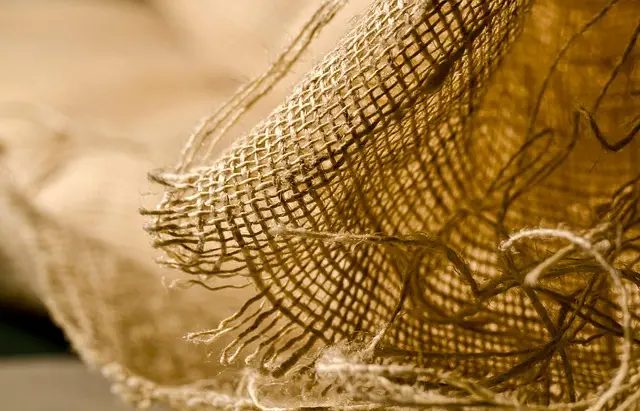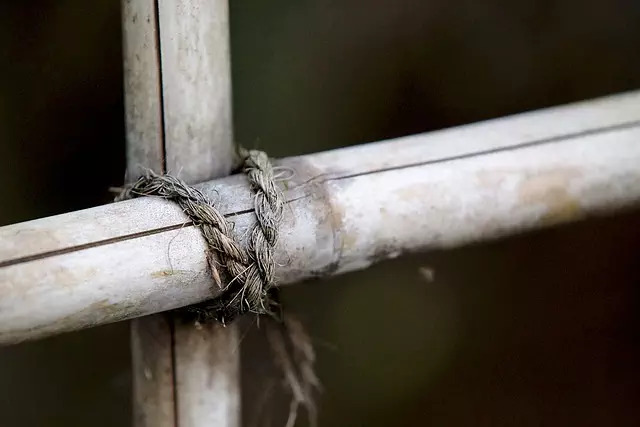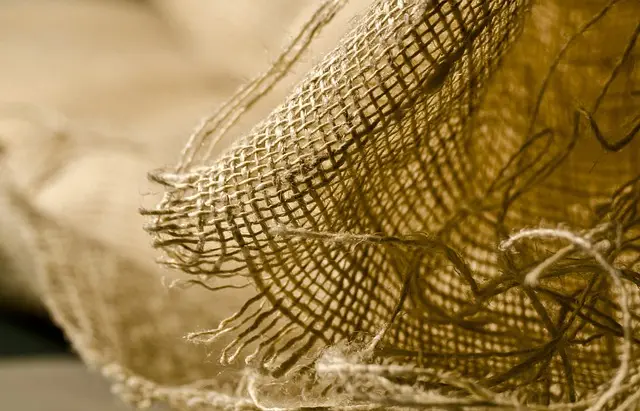Kratom (Mitragyna speciosa), native to Southeast Asia, offers significant anti-inflammatory benefits due to unique chemical compounds like mitragynine and 7-hydroxymitragynine. These compounds interact with opioid receptors and suppress enzymes like cyclooxygenase (COX). Utah's suitable growing conditions enable successful kratom cultivation, providing residents with a local source for natural inflammation management. This guide offers step-by-step instructions on growing kratom at home, emphasizing strain selection, environmental controls, watering, and nutrient provision.
Discover the natural remedy that’s taking the wellness world by storm—Kratom. This powerful herb has gained attention for its potential to reduce inflammation, offering a glimmer of hope for those seeking alternative solutions. In this article, we explore the science behind Kratom’s anti-inflammatory properties and guide you through growing your own Kratom in Utah with our comprehensive step-by-step manual. Uncover the benefits and learn how this ancient herb could be the key to managing inflammation naturally.
- What is Kratom and How Does it Reduce Inflammation?
- The Science Behind Kratom's Anti-Inflammatory Properties
- Growing Your Own Kratom in Utah: A Comprehensive Guide
What is Kratom and How Does it Reduce Inflammation?

Kratom, scientifically known as Mitragyna speciosa, is a tropical plant native to Southeast Asia with a rich history of traditional use. Its leaves contain unique chemical compounds, including alkaloids and flavonoids, which have been linked to various therapeutic effects. One of the most notable benefits is its potential to reduce inflammation.
The anti-inflammatory properties of kratom are attributed to its ability to interact with opioid receptors in the body. By activating these receptors, kratom may help alleviate pain and suppress inflammatory responses. Studies suggest that specific compounds in kratom leaves, such as mitragynine and 7-hydroxymitragynine, contribute to this effect. Growing kratom in optimal conditions, like those found when cultivating it in Utah, can enhance the concentration of these beneficial compounds, making it a valuable resource for natural inflammation reduction.
The Science Behind Kratom's Anti-Inflammatory Properties

Kratom, a plant native to Southeast Asia, has gained attention for its potential benefits in reducing inflammation. The science behind its anti-inflammatory properties is rooted in several key compounds found within the plant. Among these, mitragynine and 7-hydroxymitragynine are most notable for their ability to interact with opioid receptors in the body, modulating pain perception and inflammation.
These compounds have been shown to inhibit certain enzymes involved in the inflammatory process, such as cyclooxygenase (COX), which plays a central role in producing prostaglandins, known pro-inflammatory molecules. Additionally, kratom’s effect on the endocannabinoid system, which regulates various physiological processes including pain and inflammation, further supports its anti-inflammatory potential. Growers in Utah who cultivate kratom are contributing to the accessibility of this natural resource for those seeking alternative approaches to managing inflammation.
Growing Your Own Kratom in Utah: A Comprehensive Guide

Growing your own kratom at home can be a rewarding experience, especially for those living in Utah, where access to this herb might be limited. Kratom plants are relatively easy to cultivate with the right care and conditions. Here’s a comprehensive guide tailored for Utah’s unique environment.
Start by selecting a suitable kratom strain, considering your specific needs and preferences. Next, choose a sunny location with well-draining soil. Indoor growing is popular due to climate control; set up grow lights to mimic natural sunlight. Ensure proper humidity and temperature levels, typically between 65°F–85°F (18°C–29°C). Regularly water your plants and provide essential nutrients for optimal growth. With consistent care, you’ll soon have a thriving kratom plant, offering a sustainable source of this natural inflammation reducer right in your own Utah backyard.
Kratom has been scientifically proven as a potent natural anti-inflammatory agent, and growing your own kratom in Utah can provide easy access to this beneficial herb. By understanding how it works and mastering the art of growing it locally, you can enjoy its pain-relieving and healing properties while also exploring the potential benefits of reducing inflammation naturally. Growing kratom at home offers a sustainable and cost-effective solution for those seeking alternative remedies, especially when combined with scientific knowledge about its anti-inflammatory effects.






